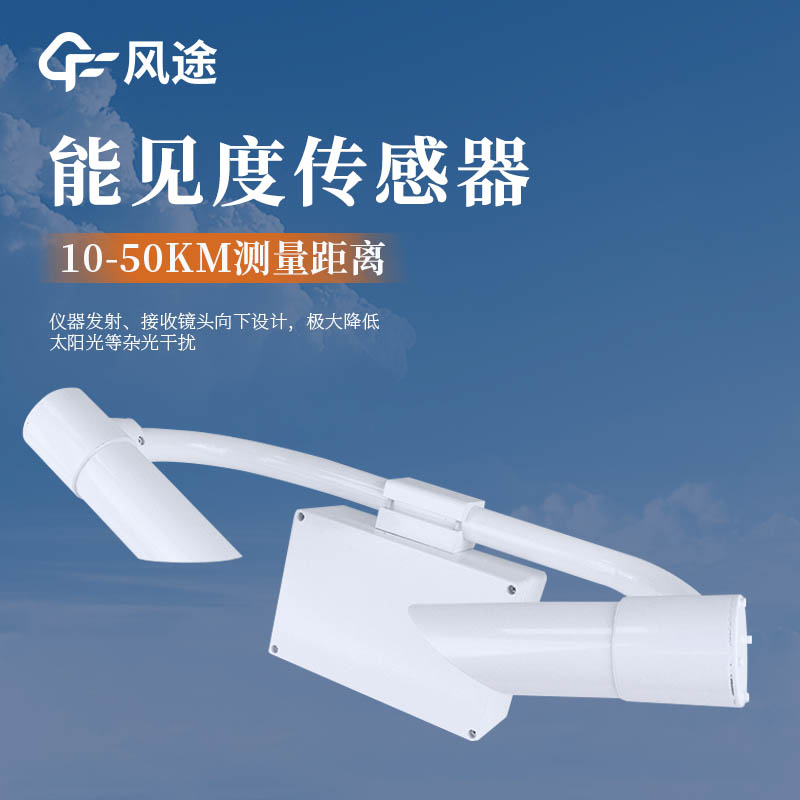Shandong Fengtu IOT Technology Co., Ltd
Sales Manager:Ms. Emily Wang
Cel,Whatsapp,Wechat:+86 15898932201
Email:info@fengtutec.com
Add:No. 155 Optoelectronic Industry Accelerator, Gaoxin District, Weifang, Shandong, China

Sales Manager:Ms. Emily Wang
Cel,Whatsapp,Wechat:+86 15898932201
Email:info@fengtutec.com
Add:No. 155 Optoelectronic Industry Accelerator, Gaoxin District, Weifang, Shandong, China
time:2025-05-20 08:58:34 source:Weather Station viewed:155 time
As a vital water transportation corridor, shipping safety in canals is of utmost importance. Visibility stands as one of the critical factors influencing canal navigation safety. During adverse weather conditions such as heavy fog or torrential rain that reduce visibility, ship operators face restricted vision, making it difficult to accurately determine the position and distance of the forward waterway, obstacles, and other vessels. This significantly increases the risk of accidents like ship collisions and groundings, posing severe threats to human lives and property. Therefore, real-time and accurate measurement of canal visibility is essential.
Current visibility measurement methods primarily include the visual observation method, transmissometer measurement method, and nephelometer measurement method.
Visual Observation Method: Relies on observers' subjective judgment to estimate visibility. This approach is highly influenced by subjective factors such as the observer’s experience and emotional state, resulting in poor data accuracy and real-time performance.
Transmissometer Measurement Method: Calculates visibility by measuring the attenuation of light as it propagates through the atmosphere. This method requires installing transmitters and receivers at a fixed distance, leading to high equipment installation and maintenance costs. It is also unsuitable for long-distance measurements.
Nephelometer Measurement Method: Utilizes the scattering characteristics of atmospheric particles to light, deriving visibility by measuring the intensity of scattered light. It features a compact device design, fast response speed, and is well-suited for widespread application.
The FT-N10A3 is a visibility sensor based on the forward scattering principle, capable of rapidly and accurately measuring visibility. A key advantage of this sensor is its stainless-steel housing, which offers excellent corrosion resistance and water tightness, making it suitable for use in humid and high-moisture environments.
The FT-N10A3 has a measurement range of 10 meters to 10 kilometers and supports multiple data transmission protocols, facilitating integration with canal monitoring systems for real-time data transmission and remote monitoring.

In agricultural production, pest infestations restrict crop yield and quality. Traditional manual inspection-based monitoring is labor-intensive and time-consuming, with limitations such as a narrow coverage range and delayed data, making it difficult to provide accurate support for pest prevention...
Small automatic weather stations are an important part of the meteorological monitoring and management platform, and they play a crucial role especially in the information release subsystem. Before the arrival of meteorological disasters, small automatic weather stations can quickly release early wa...
As an important part of the power system, the safe operation of the transmission line directly affects the social and economic development. Therefore, in the actual production, it is necessary to do a good job in the maintenance of the transmission line to ensure that the transmission line has good...
Visibility is a crucial factor in our daily lives and the operations of numerous industries. Weather conditions such as heavy fog and sandstorms can significantly reduce visibility, causing serious impacts on transportation and travel, and are highly likely to trigger traffic accidents. In the aviat...